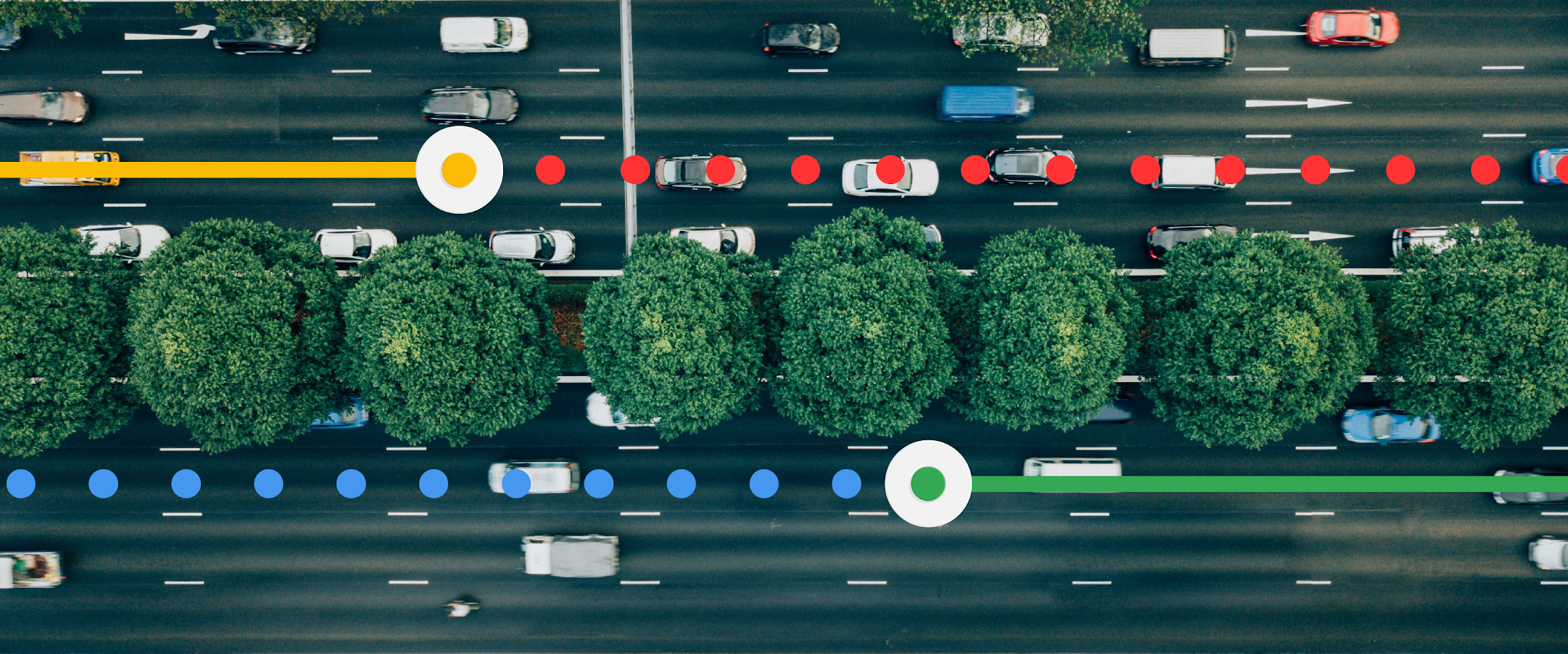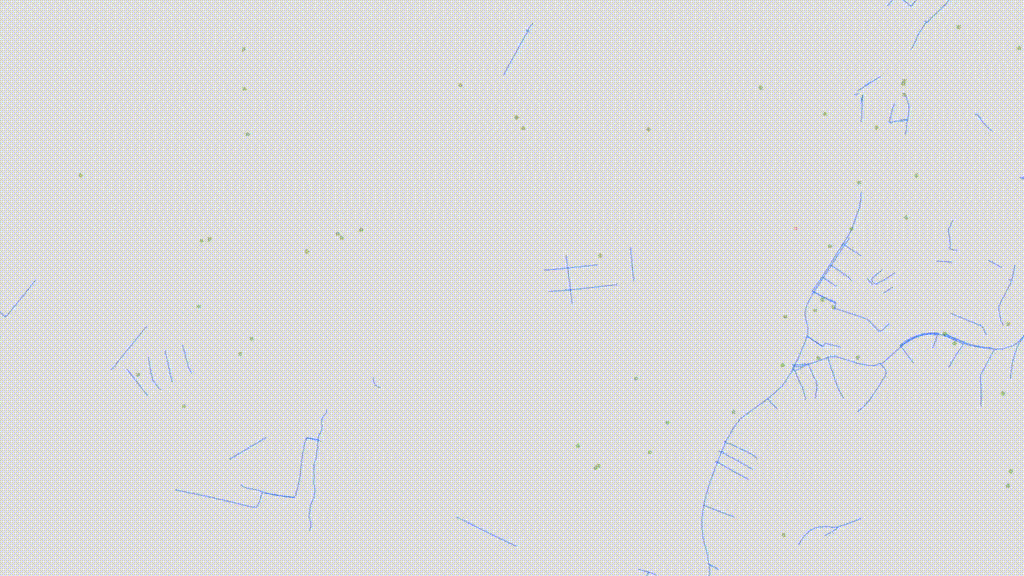
Australian university adds 5,000 rare, unique Asia-Pacific maps to online collection

China, Shanghai, and its Suburbs, c.1853. Courtesy: ANU
The Australian National University has added scans of more than 5,000 rare and unique maps to its Open Research library. These maps have been added to the Asia-Pacific Map Collection which now contains more than 30,000 topographic, cadastral, aeronautical, bathymetric, thematic, and tourist maps of Asia, Australia, and the Pacific regions.
While several maps date back hundreds of years, the collection also boasts of some unique, one-of-a-kind pieces. Jenny Sheehan, who manages the collection, tells, “We have over 120 antique maps from the 17th, 18th and 19th centuries, 60 of which were generously donated to us… The earliest map dates back to 1662. It is a full map of Batavia – the old capital of the Dutch East Indies – with all its forts.”
The Asia-Pacific Map Collection is also home to the ‘Roti Map’ – a pre-1907, hand-drawn piece representing Dutch political structure and showing all the villages on the island. Interestingly, this map cannot be found in Indonesian or Dutch archives and is unique to Australian National University’s collection.
“The map is full of local knowledge and was locally produced,” Sheehan explains, underlining how the value of a map is the story it tells of that particular snapshot in time.
Another stand-out piece from the collection is a 76-year-old inclinometer – an instrument that was created in 1942 in Australia to aid the Allied military forces with surveying during World War II.
Sheehan also points to a booklet of 30 historic Papua New Guinean photos, a 19-inch Phillips terrestrial globe from 1945, and a rare map from 1896 depicting catholic missions across New Zealand, Tahiti, Samoa, Hawaiian Islands, Tonga, and several other islands.

Courtesy: ANU
Meanwhile, Kay Dancey, who manages the CartoGIS services area of the ANU College of Asia and the Pacific, stresses that the maps have also served numerous practical purposes ever since the collection first became available online in 2011. These maps have been used as reference material in a range of research projects including those looking for historic and contemporary infrastructure comparison, the recreation of historic journeys, and Pacific nation land ownership.
In the last year, the collection has seen more than 129,200 downloads from all over the world. You can also access the Asia-Pacific Map Collection for free here.









